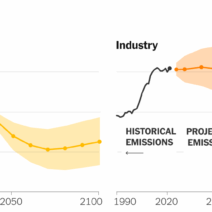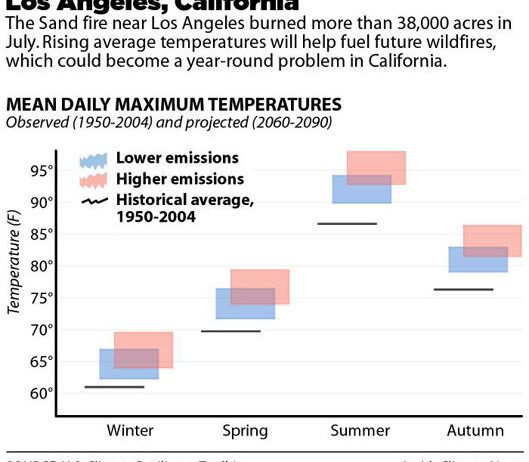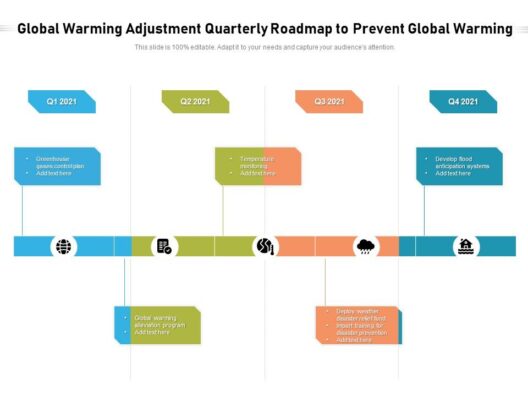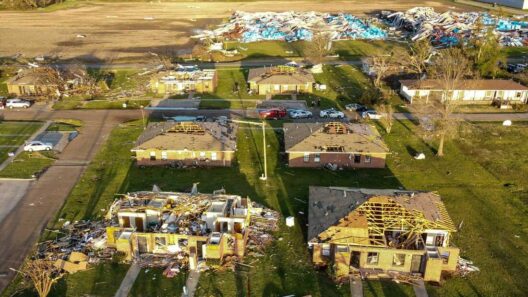Los Angeles, often heralded for its year-round sunshine and idyllic weather, presents a fascinating tapestry of climatic conditions that renders it a compelling subject for individuals captivated by environmental nuances. Nestled between the Pacific Ocean and the San Gabriel Mountains, the city exhibits a Mediterranean climate, characterized by warm, dry summers and mild, wet winters. This climatic configuration significantly influences the lifestyle, ecology, and urban development within the region.
At the heart of Los Angeles’ climate lies its geographical positioning. The mountains flanking the city create a rain shadow effect, which results in reduced precipitation levels. Consequently, most of the annual rainfall occurs during the winter months, spanning from November to March. This pattern provides a stark contrast to the blistering heat experienced during the summer, where temperatures frequently soar above 90°F (32°C). The city’s reliable sunshine draws visitors and residents alike, contributing to the pervasive lifestyle that values outdoor activities and a connection with nature.
The coastal breeze, a delightful aspect of the LA climate, plays a significant role in tempering the heat. This maritime influence, known as the “marine layer,” often envelops the coastal areas, sending a refreshing respite from the sweltering sun inland. The phenomenon is particularly noticeable during the summer months when the ocean water remains cooler than the overlying air, leading to a distinct temperature inversion that can shroud the city in mist during the mornings, only to dissolve under the strong sun by midday. This duality fosters a unique microclimate, making Los Angeles an area of complex meteorological dynamics.
Throughout the year, one may observe the progressive transformation of the landscapes in Los Angeles, shaped by its seasonal weather variations. The vibrant spring months, with moderate temperatures and rejuvenated flora, give way to the parched expanses of summer, where the golden hills become emblematic of the region’s drought-prone environment. Fall ushers in a slight reprieve, with the “Santa Ana” winds, which often bring dry, hot air from the interior of Southern California, adding to the climatic quirks of the city. The interplay of these seasonal shifts underscores the resilience and adaptability of both the residents and the diverse ecosystems within the region.
Understanding Los Angeles’ climate extends beyond mere temperature and precipitation metrics; it also invites contemplation of the environmental challenges the city faces. Urbanization, coupled with climate change, has escalated the frequency and intensity of heatwaves. The repercussions of these climatic shifts manifest in increased energy demand, air quality deterioration, and heightened wildfire risks, compelling policymakers and citizens to rethink sustainable practices and resource management strategies. Addressing these profound vulnerabilities necessitates an astute awareness of the interconnectedness between human activity and environmental stability.
The environmental implications of the Los Angeles climate are conspicuously reflected in its water management practices. With the city receiving an average annual rainfall of about 14 inches, efficient water usage becomes paramount. Los Angeles has long been an innovator in water conservation techniques, developing extensive reservoir systems and implementing green infrastructure measures, such as permeable pavements and rain gardens, to capture and repurpose stormwater runoff. The ever-pressing reality of drought highlights the importance of adaptive measures that align with the region’s climatic characteristics.
Moreover, the biodiversity within Los Angeles is intricately linked to its climate. The juxtaposition of urban sprawl against natural landscapes yields a rich array of habitats for various species. From the coastal wetlands that support migratory birds to the chaparral ecosystems teeming with native flora and fauna, the climatic conditions play a critical role in shaping these environments. Protecting and restoring these habitats furthers the resilience of the urban ecosystem while enhancing the quality of life for residents by providing green spaces amidst urbanization.
As climate change continues to influence global weather patterns, the guardianship of Los Angeles’ unique climatic identity becomes increasingly crucial. The city’s commitment to sustainability—through initiatives aimed at reducing greenhouse gas emissions, promoting renewable energy, and enhancing public transportation—exemplifies a proactive stance in reconciling urban living with environmental stewardship. The climate of Los Angeles is not merely a backdrop; it is an intricate component of the city’s identity, urging both inhabitants and visitors to appreciate its beauty while acknowledging the responsibility that comes with it.
In the grand tapestry of Los Angeles’ climatic allure, year-round sun and gentle coastal breezes draw attention and admiration. Yet, below the surface lies an imperative narrative of resilience, adaptation, and the perpetual quest for balance between nature and urban advancement. The climate is not static; it is an evolving entity shaped by the forces of nature and human action alike, revealing insights that beckon deeper exploration and commitment. As such, engaging with Los Angeles’ climate provides a profound opportunity to understand the relationship between human life and the environment, fostering a conscientious approach to living sustainably in an ever-changing world.








